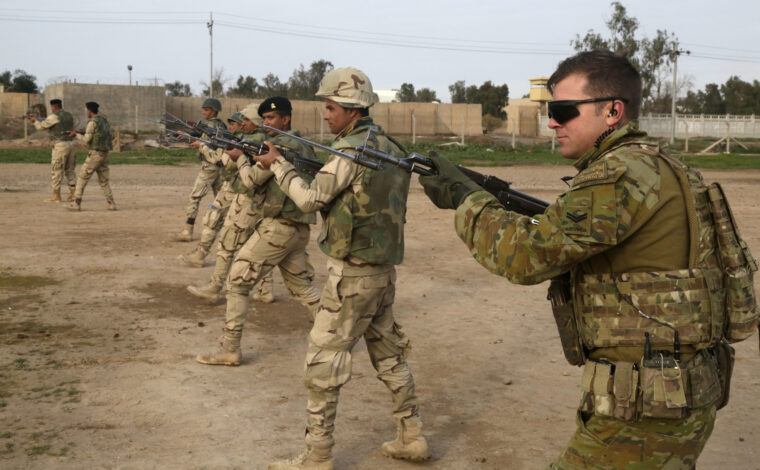
Latest Posts
Michael R. Gordon’s ‘Degrade and Destroy’
By Christopher MiskimonDuring summer 2014 Iraqi insurgents from the Islamic State seized the city of Mosul, proclaimed a new caliphate, and began to launch attacks in Iraq and abroad. Read more
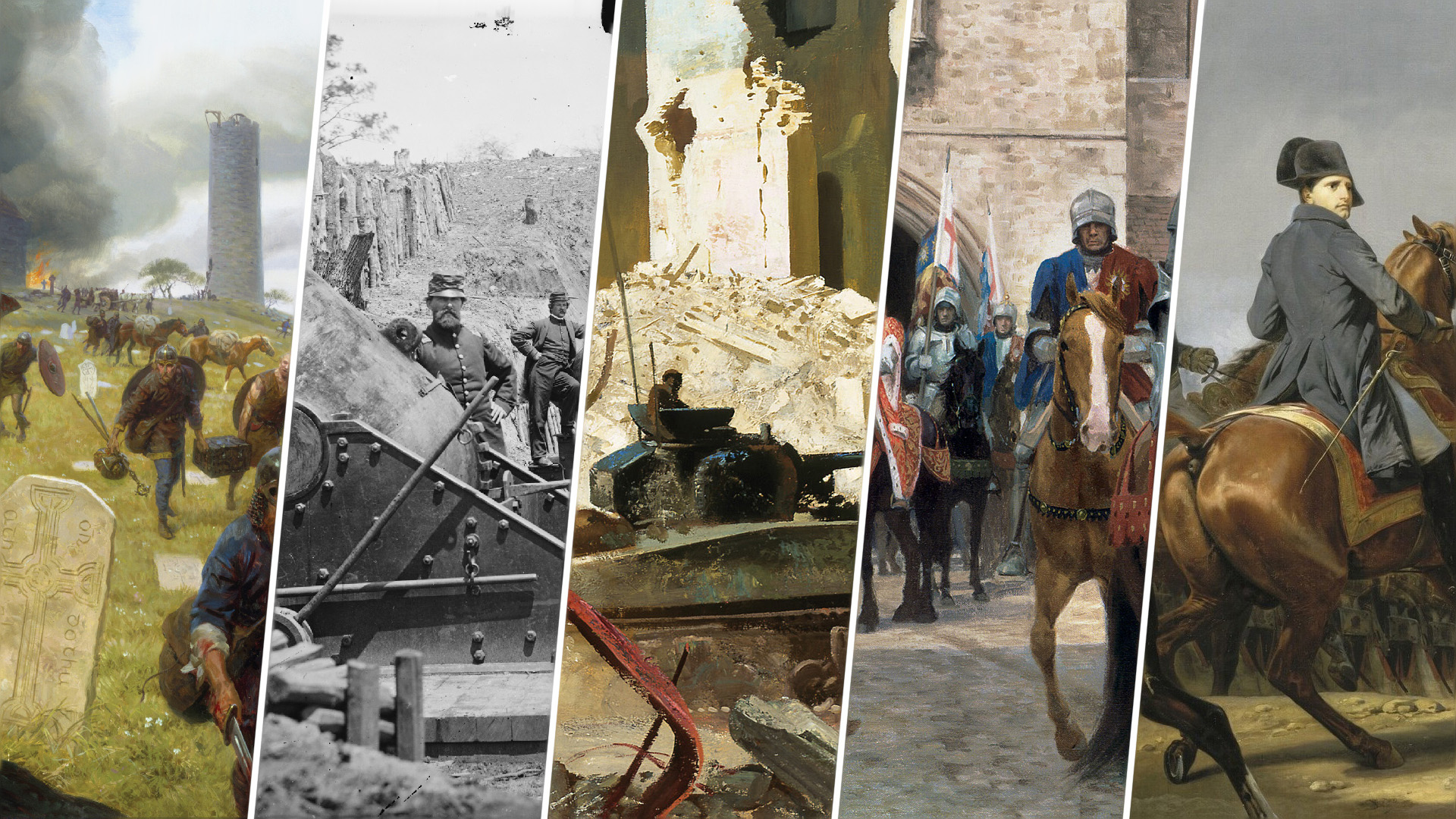

Latest Posts
During summer 2014 Iraqi insurgents from the Islamic State seized the city of Mosul, proclaimed a new caliphate, and began to launch attacks in Iraq and abroad. Read more
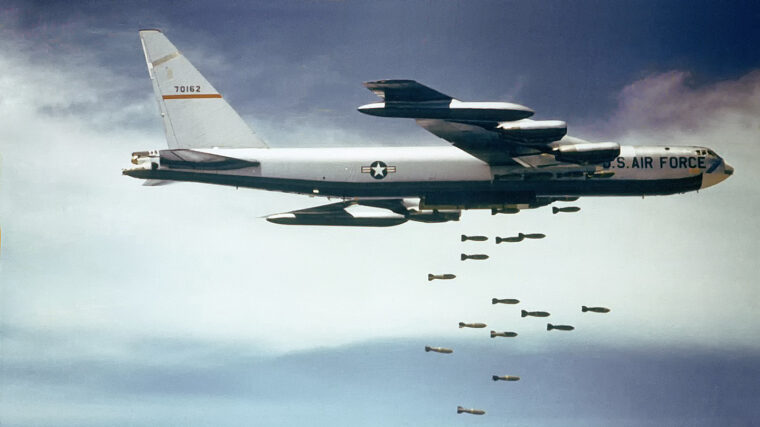
Latest Posts
U.S. Air Force involvement in Vietnam began with the training of Vietnamese pilots to operate over the Ho Chi Minh Trail through Laos and Cambodia. Read more

Latest Posts
During the mid-19th century, the English Royal Navy waged a successful campaign against African piracy. On the West African coast, they killed Bartholomew Roberts, known as ‘The King of the Pirates,” captured his fleet, and sent many of his men to the gallows. Read more

Latest Posts
Whether you aim to oppress, liberate, innovate or exploit, there’s a path just for you somewhere within the winding world of Anno 1800. Read more
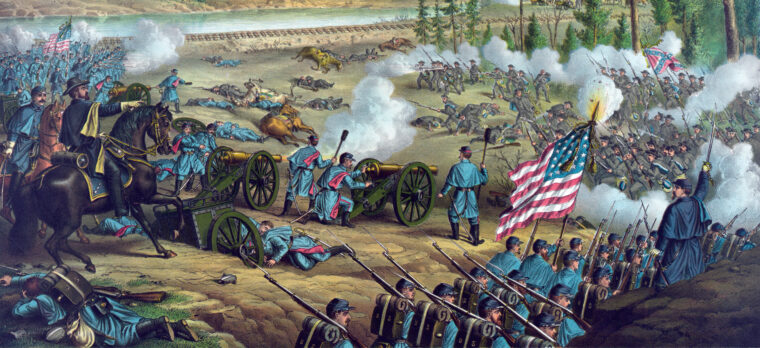
Latest Posts
One of the most hard-fighting divisions in the Army of the Cumberland, the one led by Maj. Read more
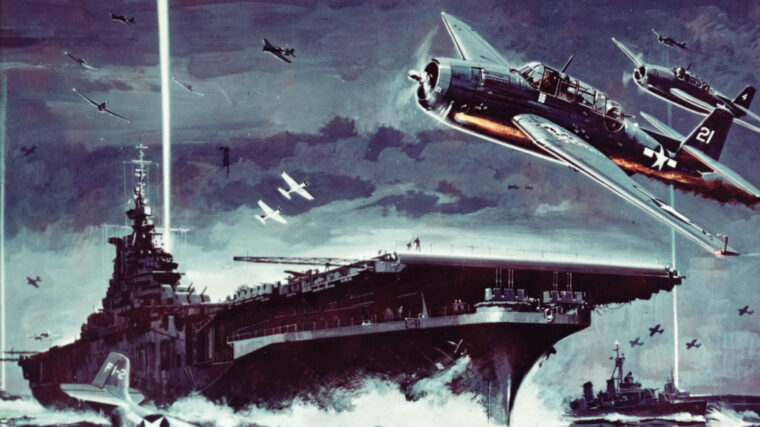
Latest Posts
At 12:30 PM, June 19, 1944, two vast fleets hundreds of miles apart faced off amid cobalt skies and burning seas. Read more

Latest Posts
Duke Henry the Lion, the ruler of Saxony and Bavaria, seethed with rage. The pagan Wends had rebelled once more against their Saxon overlords. Read more
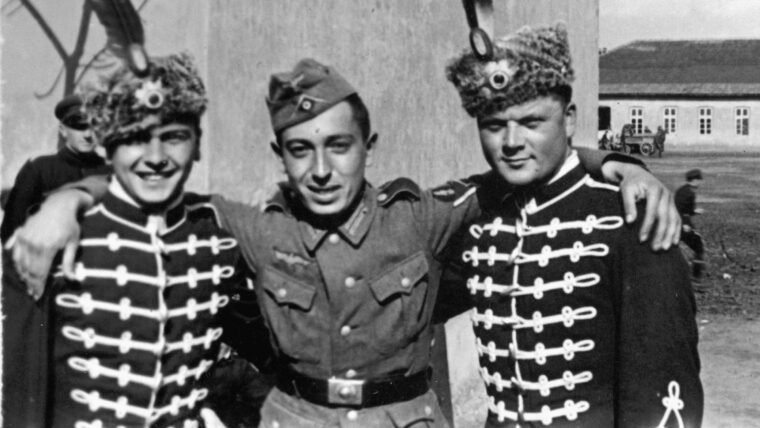
Latest Posts
The evolution of the Nazi-era military wardrobe followed from a long history of European uniforms in general and Imperial German uniforms in particular. Read more

Latest Posts
While lightly armed cavalry already seemed anachronistic by the time of the Napoleonic Wars, the success of the Polish lancers in that conflict convinced many nations to adopt a similar fighting force. Read more

Latest Posts
Most histories of the American Revolution give the fledgling Patriot navy only one hero: John Paul Jones. While not begrudging Jones’s recognition, it seems unfair to represent the Continental Navy with a single fighting captain. Read more
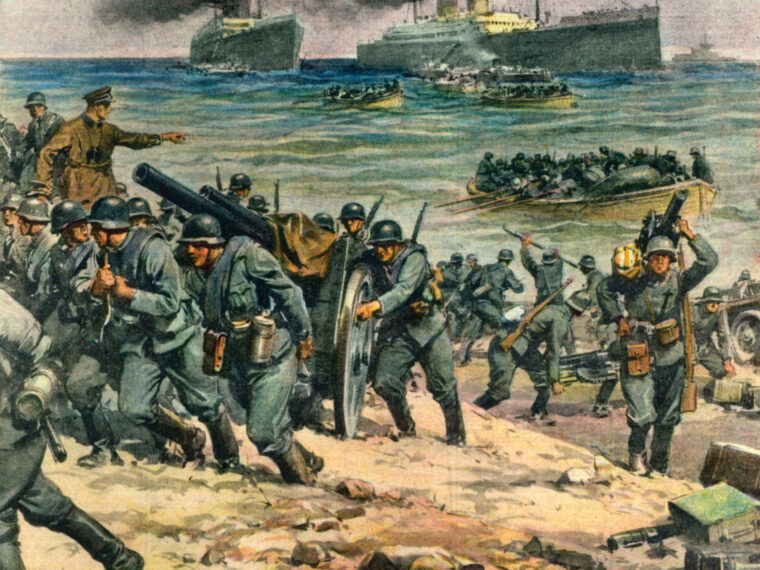
Latest Posts
Norway had been able to avoid the massive bloodletting of World War I entirely and fervently hoped to steer clear of World War II as well through a policy of strict neutrality. Read more
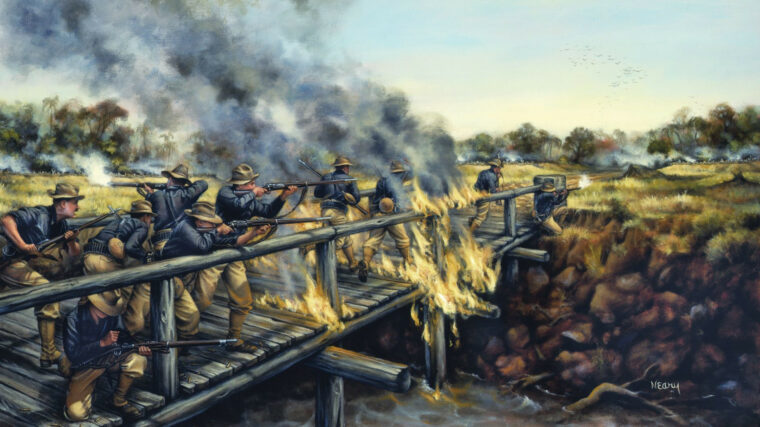
Latest Posts
On August 3, 1864, near Atlanta, Georgia, Captain Henry Lawton of Indiana led a group of Union skirmishers in a charge against Confederate rifle pits. Read more
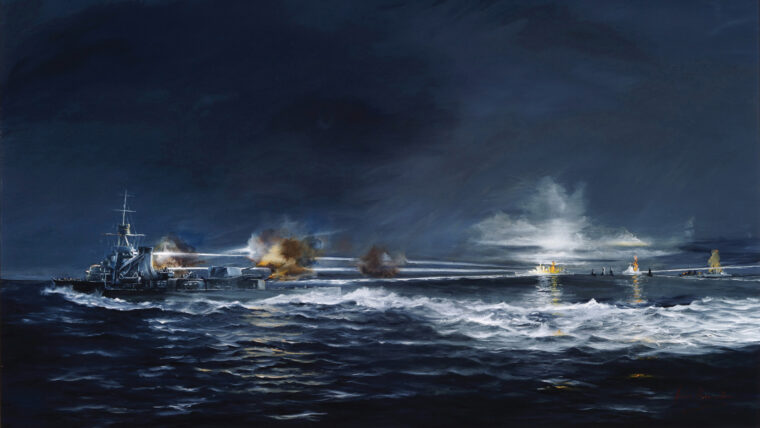
Latest Posts
The Battle of Savo Island, August 8-9, 1942, was the first major naval engagement of the Guadalcanal Campaign. Read more
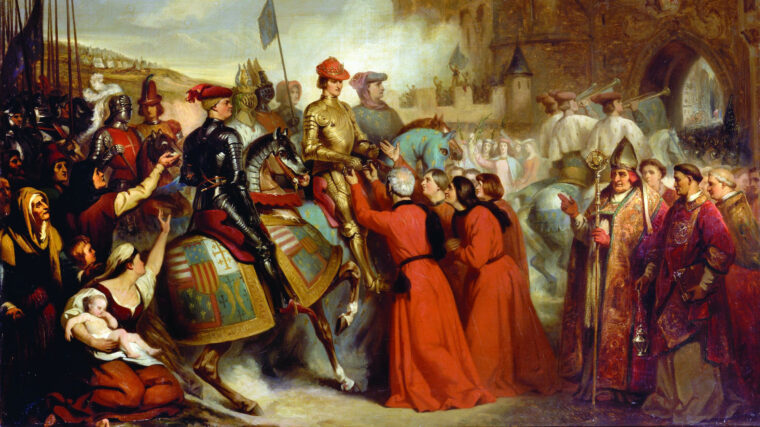
Latest Posts
In the fall of 1447, Edmund Beaufort, Duke of Somerset, was not a happy man. He was lieutenant general of France and Guyenne, a kind of viceroy who oversaw English possessions in France, and he was also a powerful and rapacious feudal magnate in his own right. Read more
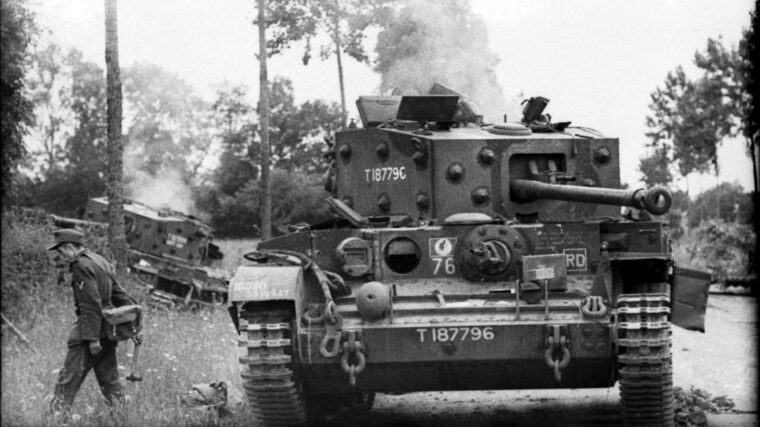
Latest Posts
On D-day, June 6, 1944, the British 3rd Infantry Division was the first to land on Sword Beach. Read more
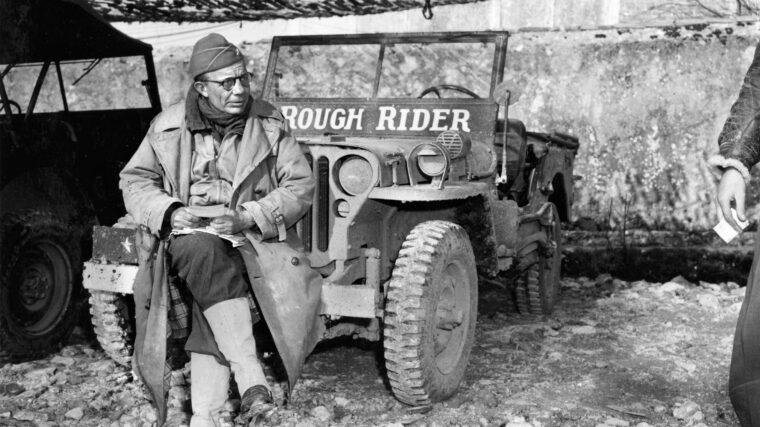
Latest Posts
Famed war correspondent Ernie Pyle reported in August 1944, that one of his favorite U.S. Army officers was a regimental colonel who shared Lt. Read more
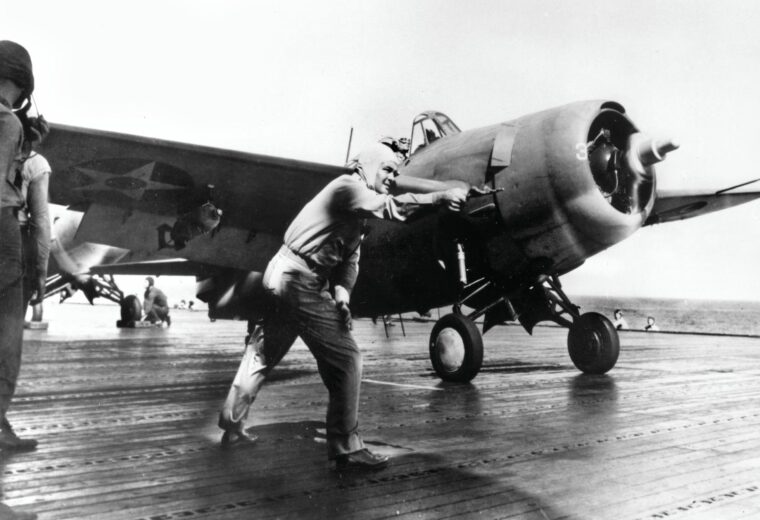
Latest Posts
The Cactus Air Force: Air War over Guadalcanal (Eric Hammel and John McKelvey Cleaver, Osprey Books, Oxford UK, 2022, 336 pp., Read more
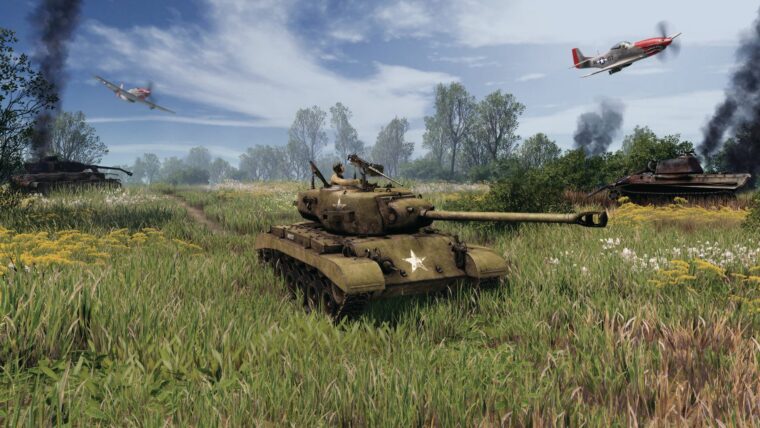
Latest Posts
Players interested in the upcoming Men of War II have likely kept their ears close to the ground in the period of time leading up to its eventual 2023 release, and we recently got more information thanks to a new series of developer diaries that shed some light on the progress. Read more
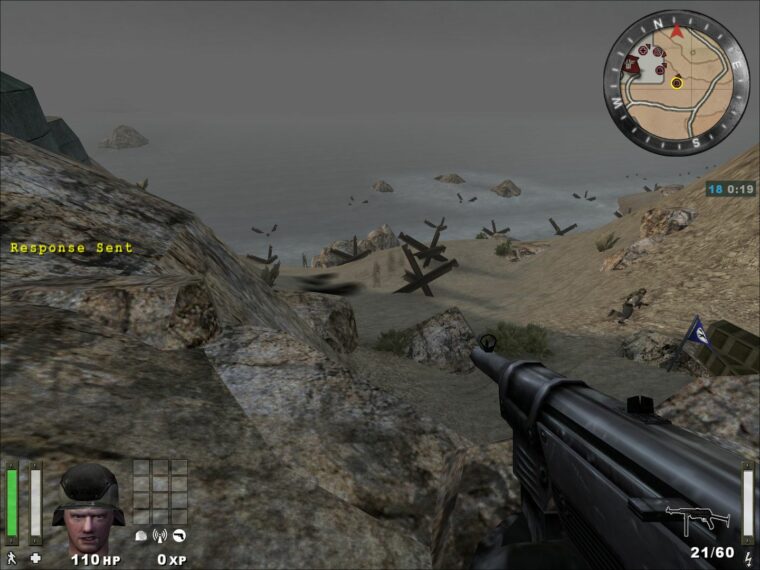
Latest Posts
It’s been almost two decades since Wolfenstein: Enemy Territory first brought the free and open-source multiplayer take on the series to our screens as a standalone game, and now it’s been resurrected in all of its visual time capsule glory. Read more

Latest Posts
Operation Market-Garden, British Field Marshal Bernard L. Montgomery’s imaginative and daring plan—reluctantly endorsed by his superior, General Dwight D. Read more